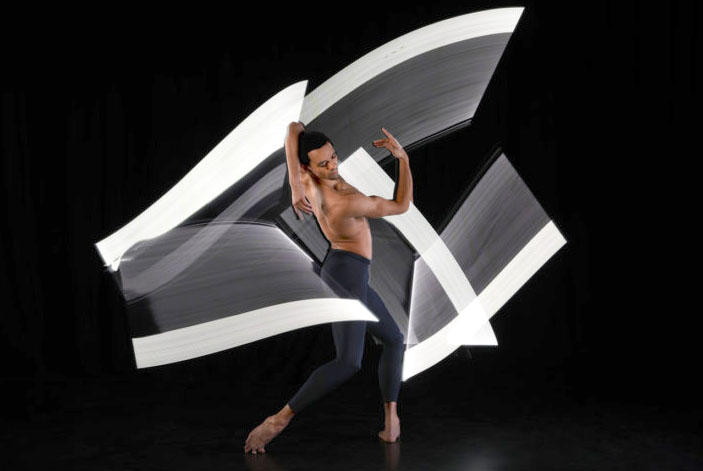
Polarity and Proximity is the first of two productions this Summer by Birmingham Royal Ballet, and features three works by contemporary composers and choreographers: Kin, Embrace and In the Upper Room. The second of these works, Embrace, is a ‘Ballet Now’ commission. Ballet Now is a programme of commissions by Birmingham Royal Ballet that attempts to move the art form forward. Rather than simply sticking solely to more commercially viable traditional ballets, the company is augmenting its repertoire with original modern works. This is brave commercially. Contemporary ballet is a niche market. Yet, it if produces fresh and exciting quality art, it could reinvigorate audience interest. Sadly, on this occasion I did not find either of the first two works on the programme especially fresh or exciting. Happily, the third work, In the Upper Room won me over completely.
It can be argued that one should not have to read the programme notes to work through the narrative or significance of a dance. The performance itself should suffice. While elements of the performance of Kin were extremely well executed it failed to carry narrative and conveyed a dark and sombre mood. The music was a rhythmic minimalist dirge and there was nothing I took from it to be uplifting or redemptive. Apparently the work is intended to examine questions concerning possibilities in “establishing a dialogue between two different dance languages”. The name of the piece refers to kinetics, and this suggests perpetual motion and energy. Yet most of the first dance was a solo performer doing a lot of floor work accompanied by static dancers standing in silhouette. However, there was some excellent movement going on in the third dance, with gliding bourées en pointe where the ballerina walked so gracefully on air that it was a real pleasure to simply appreciate her skill and physical presence. Judging by the warm reception it received, there were clearly many in the audience who enjoyed the four dances that constitute Kin each of around five minutes duration, more than I did. For me, twenty minutes was enough.
The second work, the Ballet Now commission Embrace featuring music by Sarah Kirkland Snider and choreography by George Williamson, was much less abstract and far more interesting. It succeeded in having a well-executed and clear narrative. I note that a dramaturg, Lou Cope, made a significant contribution to the telling of the story, and this came through strongly. Embrace explores the experiences and emotions of someone who does not fit in with the crowd. There are some wonderful explications of social awkwardness, of difficulties in establishing and maintaining relationships, and the feeling of being ‘other’ as the male lead develops a same-sex relationship. What was particularly strong here were the moments of tenderness that the choreography evoked between the two male dancers, rather than an emphasis on homo-eroticism. This was about soul connection, a couple finding love and a comfortable fit with each other rather than simply physical attraction. The music was a little more upbeat, the lighting and set design were also very strong, and I enjoyed the choreography of the whole company in coordinated movements that reminded me of the 1927 silent film classic Metropolis.
Alas, while a big improvement on the first piece, I found Embrace to be interesting, but seldom entertaining. There was no levity, or humour, or fizz. Fortunately, Philip Glass and Twyla Tharp’s ballet In The Upper Room had plenty of levity, humour and fizz to compensate! What is it about? Who knows? All I know is that it was a lot of fun. This was joyous ‘free child’ movement and I could tell that, despite the exhausting physical demands on the dancers, they were thoroughly relishing the performance themselves. That joy was infectious. At his best Philip Glass is a hypnotic composer, using highly repetitive musical phrases and pushing them as far as he can take them. The dancers responded brilliantly and revelled in the fun and liberty of the music. After the moody abstract introspection of Kin. and the rather serious reflections of Embrace, In The Upper Room was a perfect programme choice to raise spirits at the end of the night. It would be the one work from the evening that I would enjoy seeing again. ★★★☆☆ Robert Gainer 21st June 2018

